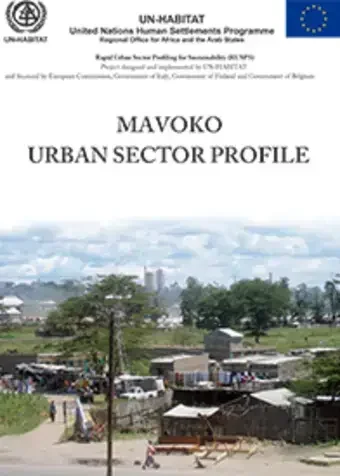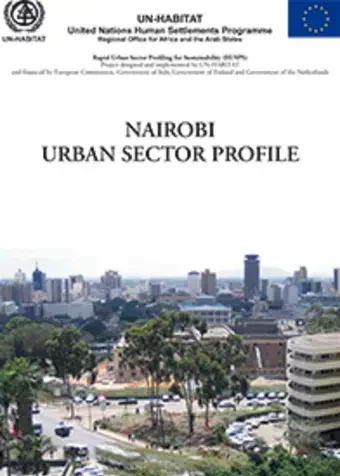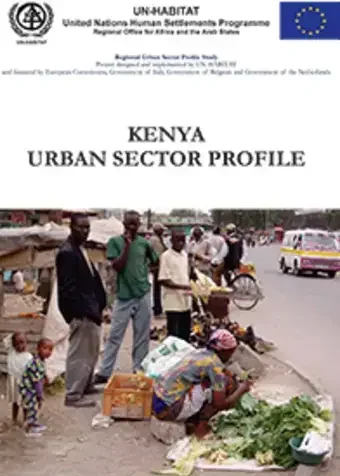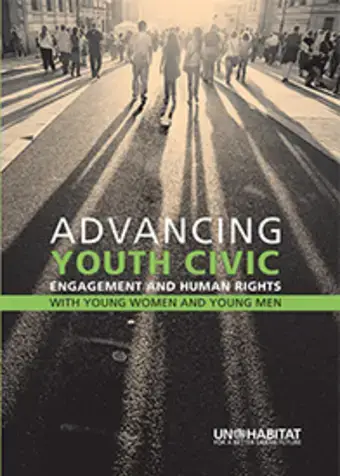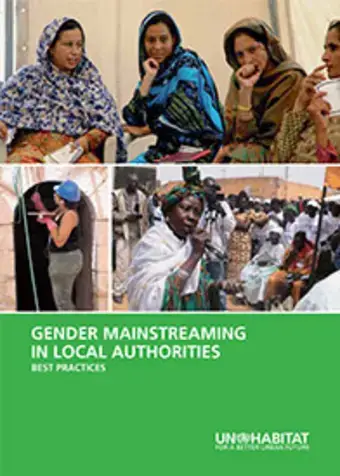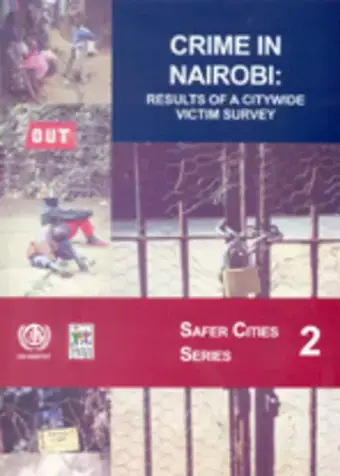 The efforts of UN-Habitat have been focused on building a brighter future for developing cities, which are most in need of support in guiding the process of urbanization. This catalogue of projects centres on three fundamental generators of wealth and employment in cities: planning and urban design, urban law and urban economy.
The efforts of UN-Habitat have been focused on building a brighter future for developing cities, which are most in need of support in guiding the process of urbanization. This catalogue of projects centres on three fundamental generators of wealth and employment in cities: planning and urban design, urban law and urban economy.
53 UN-Habitat Model Projects 2013/2014 , Time to Think Urban
Country Activities Report 2011
 UN-HABITAT’s country activities are focused on supporting governments in the formulation of policies and strategies to create and strengthen a self-reliant management capacity at both national and local levels. Technical and managerial expertise is provided for the assessment of human settlements development problems and opportunities.
UN-HABITAT’s country activities are focused on supporting governments in the formulation of policies and strategies to create and strengthen a self-reliant management capacity at both national and local levels. Technical and managerial expertise is provided for the assessment of human settlements development problems and opportunities.
Scaling-Up Affordable Housing Supply in Brazil
 Since 2009, Brazil has been implementing an ambitious national social housing programme: the My House, My Life Programme (Programa Minha Casa, Minha Vida). The Programme was designed to stimulate the production and acquisition of new housing units for the low- and low-middle income population. The initial goal was to contract 1 million housing units in the biennium 2009-2010.
Since 2009, Brazil has been implementing an ambitious national social housing programme: the My House, My Life Programme (Programa Minha Casa, Minha Vida). The Programme was designed to stimulate the production and acquisition of new housing units for the low- and low-middle income population. The initial goal was to contract 1 million housing units in the biennium 2009-2010.
